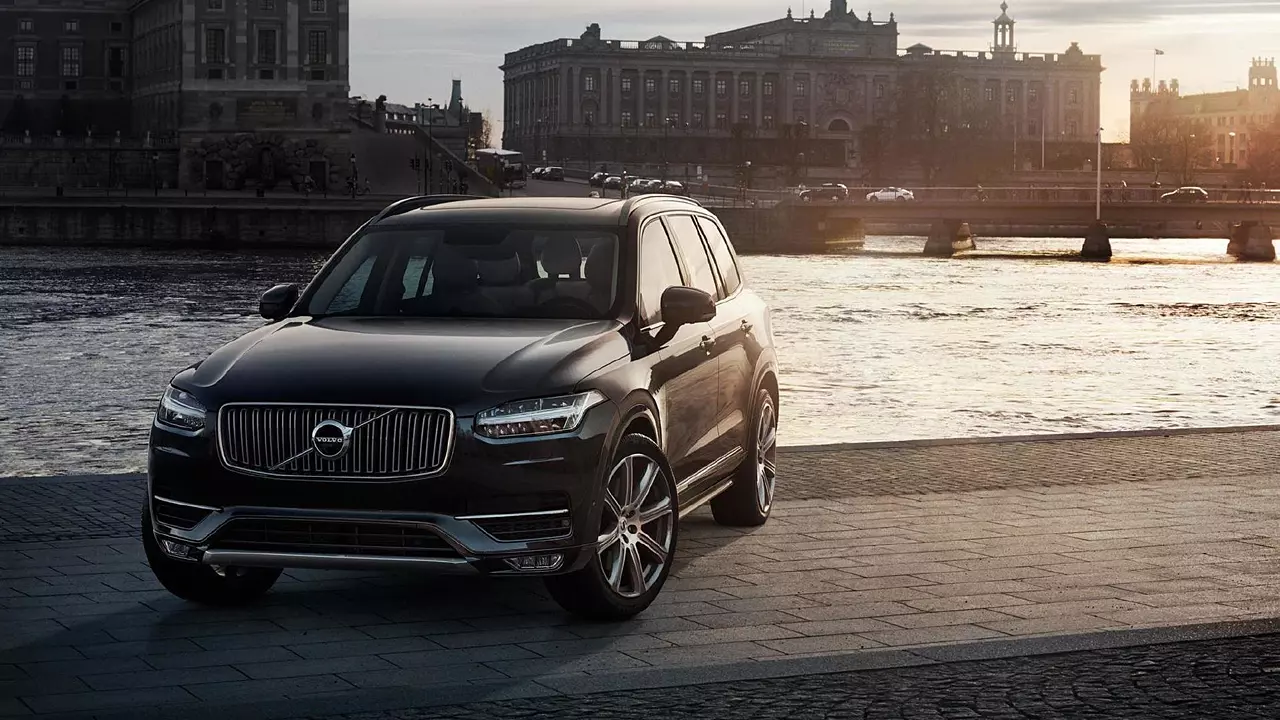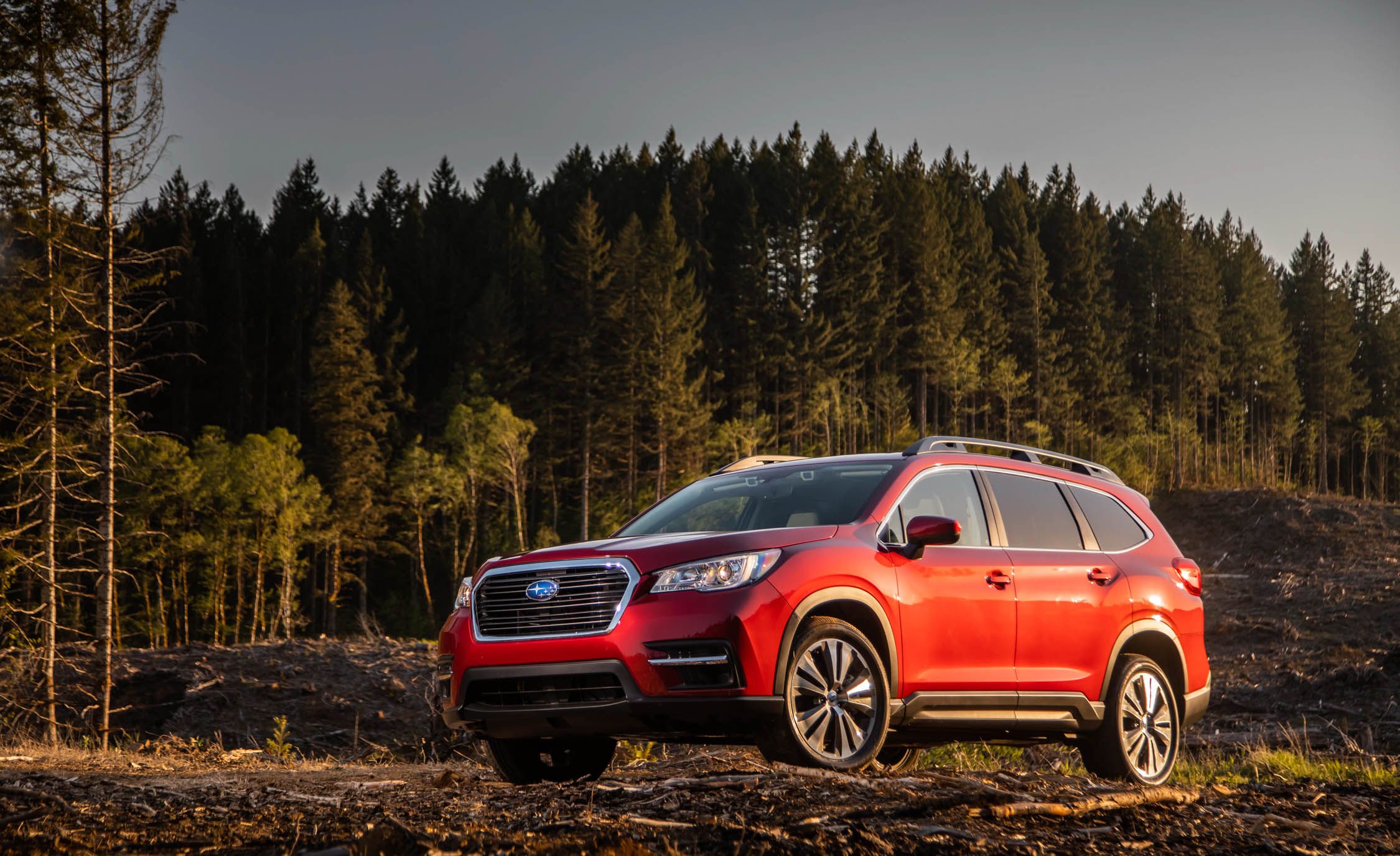
Have you ever felt like your car insurance is too expensive?
Tons of drivers are paying too much for coverages they don’t need. By customizing your coverages, you can save quite a bit of money. For instance, does your policy include comprehensive and collision coverages?
Are you sure you need both coverages, or are you using a cookie-cutter policy approach? This blog post will give you all the details on how to customize your auto collision insurance, so you can save big.
Just keep reading and you’ll be an insurance expert in no time!
Collision vs Comprehensive Coverages
Let’s start by going over what comprehensive and collision coverages are all about. Comprehensive coverage helps pay for damages to your vehicle that aren’t collision-related. For instance, storm damage, theft, and fire are all types of perils comprehensive coverages can carry.
Comprehensive coverages also apply to items inside the vehicle, such as your laptop or phone. Auto collision insurance covers any damage to your vehicle if it collides with another vehicle, object, or person. Collision coverages also apply to your personal belongings inside the car, like clothing and laptops.
Most drivers simply purchase both of these coverages and go on their way. However, you can save money on car insurance by choosing a custom policy.
Benefits of Collision Coverage
When should you get collision insurance? The answer depends on the type of vehicle you own. For instance, if you drive an expensive car with more than $10,000 worth of damage, then collision insurance is a good idea.
Not only does it pay for the costs of your repairs, but also for any medical expenses that might surface as a result of an accident. You can also reach out to this car accident attorney, to learn how to pay for other damages, like lost income.
Examples of Collision Claims
Oftentimes, when we think of a car insurance collision, we think of 2 vehicles crashing together. However, as we mentioned earlier, a collision can involve a person, object, or car.
For instance, let’s say there’s a young man who has a nasty collision with a deer. The force from his car hitting the animal causes him to lose control of the wheel. He ends up driving off of the road, crashing into a tree, and causing serious damage to his car.
In this scenario, the young man can file a claim with his insurance company for both collision and comprehensive coverages. The insurance company would then determine what part of the crash the collision funds would cover, and what part would be comprehensive.
Typically, hitting a deer is seen as comprehensive, whereas hitting a tree would be a collision. The specifics will depend on your state and the details of your policy.
Who Qualifies for Collision Coverage?
Everyone who owns a vehicle, and wants to insure it, can opt-in for collision coverages. In some cases the coverage is mandatory. For instance, drivers who have a vehicle with a loan will usually need collision coverage. However, if you have an older vehicle that’s not worth much, you may choose to forego the coverage altogether.
You can also choose to remove collision coverages from cars that are worth less than $3,000. Again, this depends on the type of vehicle you have and how much cash you’d shell out if it was damaged in an accident.
Navigating Deductibles
Moving on, comprehensive and collision coverages come with a deductible. The deductible is the amount you’ll have to pay out of pocket if damage takes place. For instance, let’s say you crash your car and you have a $500 deductible in place for collision coverage.
Even if you’re liable (at fault) for the accident, your insurance coverage can still save the day. However, before you can receive any funds for the damages, you’ll have to settle your deductible. If you decide to go with a high deductible, you’ll want to start growing an emergency fund right away.
Lower Your Policy Rates
Why do some people have high deductibles and others low ones? It’s all about finding a fair policy rate. The higher your deductible, the lower your premium will be. This is because the insurance company is taking on less of a risk when you’re willing to pay more upfront.
However, a low deductible means the insurance company will have to shell out more cash in the event of a crash. If you want to lower your policy rates, you can look into raising your deductible. A $1,000 deductible will cost a lot less than a $100 deductible will.
However, if you’re not prepared to pay $1,000 at a moment’s notice, raising your deductible isn’t wise. Instead, we suggest keeping your collision deductible at $500 or lower. You can even opt for a $0 deductible if you want to play it safe. Another way to lower your policy rates, without messing with your deductibles, is by seeing what discounts you qualify for.
Identifying Insurance Discounts
If you decide to add collision coverage to your policy, you might be wondering how to pay for it. One of the best ways is by seeking out whatever discounts you could qualify for it. For instance, you might qualify for a safe driving discount. This discount could lower your premium by 5%, 10%, or even 15%.
Another popular discount is the bundling discount. It allows you to secure multiple coverages for one low price. For instance, if you’re in the market for car insurance and a homeowners policy, bundling your policies together could be beneficial.
You will receive a single low rate, rather than having two separate policy rates. This will lower your premium, while also saving you time and energy.
Do You Need Auto Collision Insurance?
Hopefully, this article was able to shed some light on what auto collision insurance is all about. If you’re still not sure about what kind of plan will work best for you, call your insurance agent today. They can help answer any questions as well as find a policy that will cover all of your needs.
Your safety should be priority number one so don’t hesitate to get in touch with an expert today! For more ways to get ahead, explore the rest of our site.








